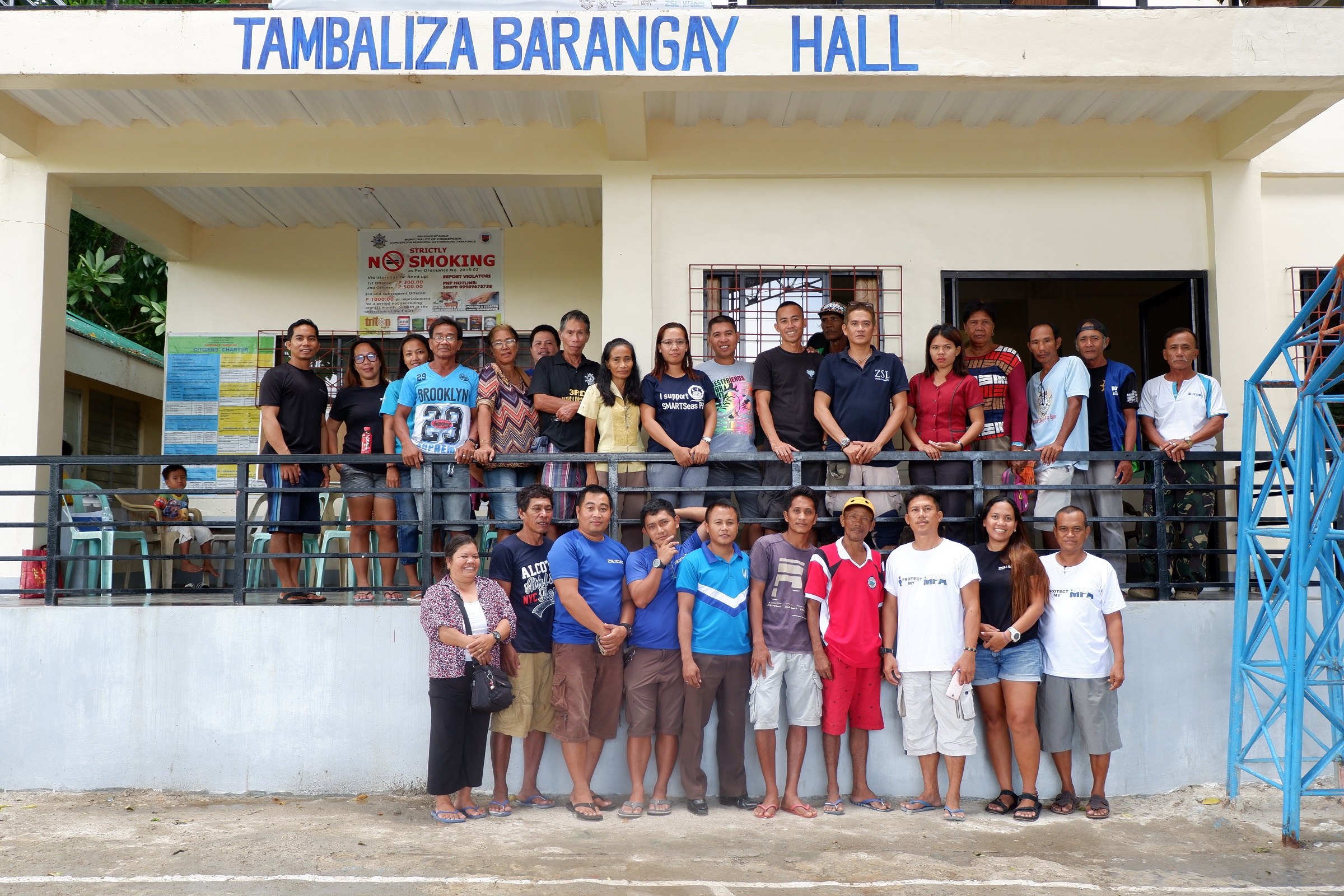FONCET invited local, talented and respected individuals to be part of the financial committee which mission is to raise money from people, families and businesses in Chiapas. This committee is a vital part of the financial mechanism because gives certainty to other possible donors about the use of their money and as businesspersons they give insight about new sources of finance.
The committee have clear goals; for example, they are responsible of organizing one event every year with three objectives:
1. Say thank you to all the people who has been donating.
2. Communicate the achievements and challenges.
3. Raise money: All people are invited to sign a pledge where they say how much money they want to donate throughout the year, and how they wish to be charged.
Besides, every month they gather to discuss new opportunities of finance, evaluate results, and consider new conservation activities, either in other natural protected areas or in other communities of El Triunfo Biosphere Reserve. Member are well-known businesspersons with high standards which give confidence to new donors to become part or support the organization. Without a doubt the financial committee is essential in the functioning of FONCET.
When forming a local committee, often organizations are tempted to invite the wealthier individuals vs. the most committed ones. FONCET learned that is better to have different individuals representing different sectors with different giving potential, so they can target similar individuals who will identify with them.
The executive director of FONCET is in charge of coordinating this committee, although this was not always the case, but it didn’t work. The coordination of this team must be in charge of the executive director because is the bridge between the operation and the strategic and financial planning.
Finally, people within the committee must be trained in conservation issues. The NGO must invest in an ongoing knowledge program for the committee. When selecting the individuals, sometimes organizations are tempted to invite mainly experts in conservation, but the lesson learned is that very often is more important to invite highly committed and respected people, and train them in conservation issues.
